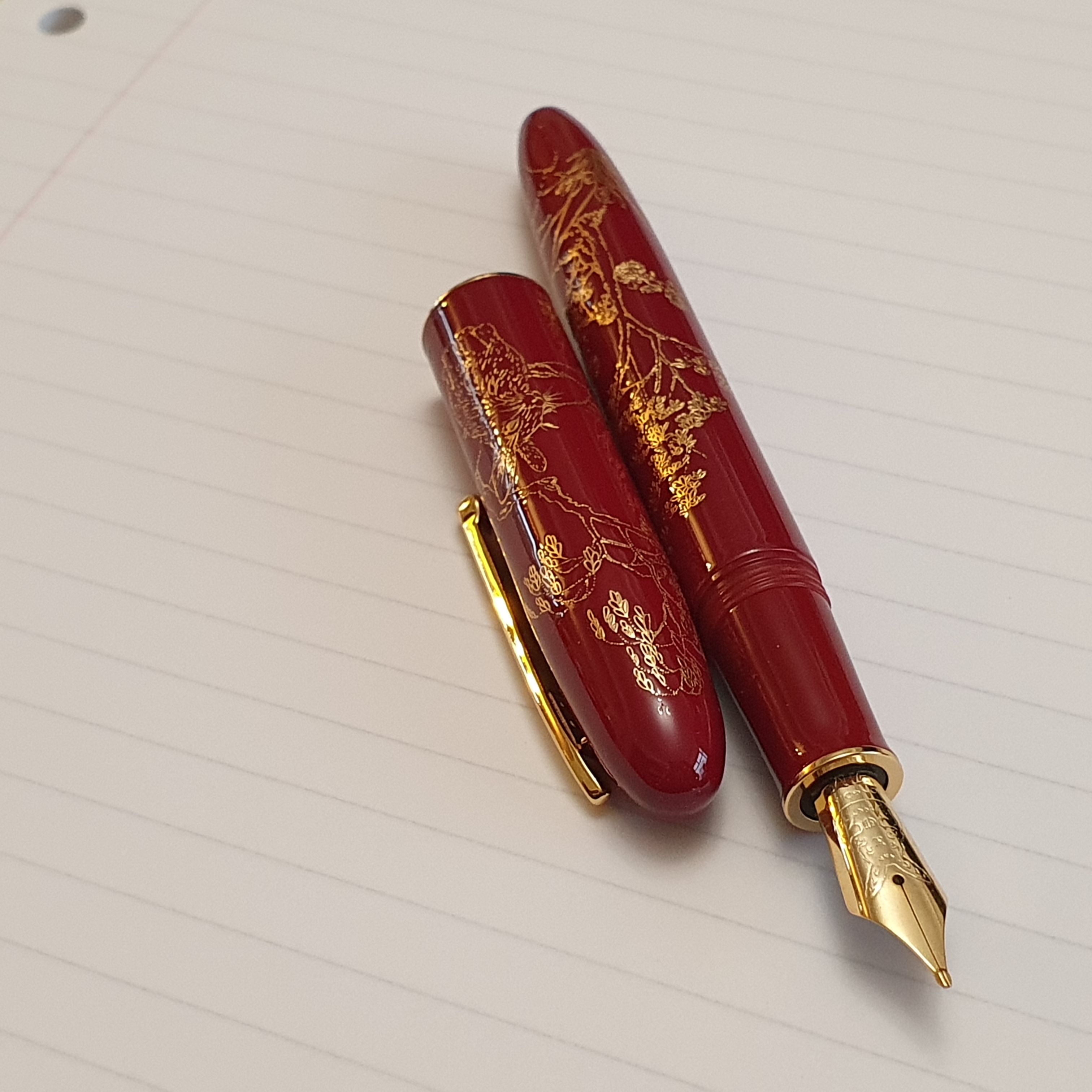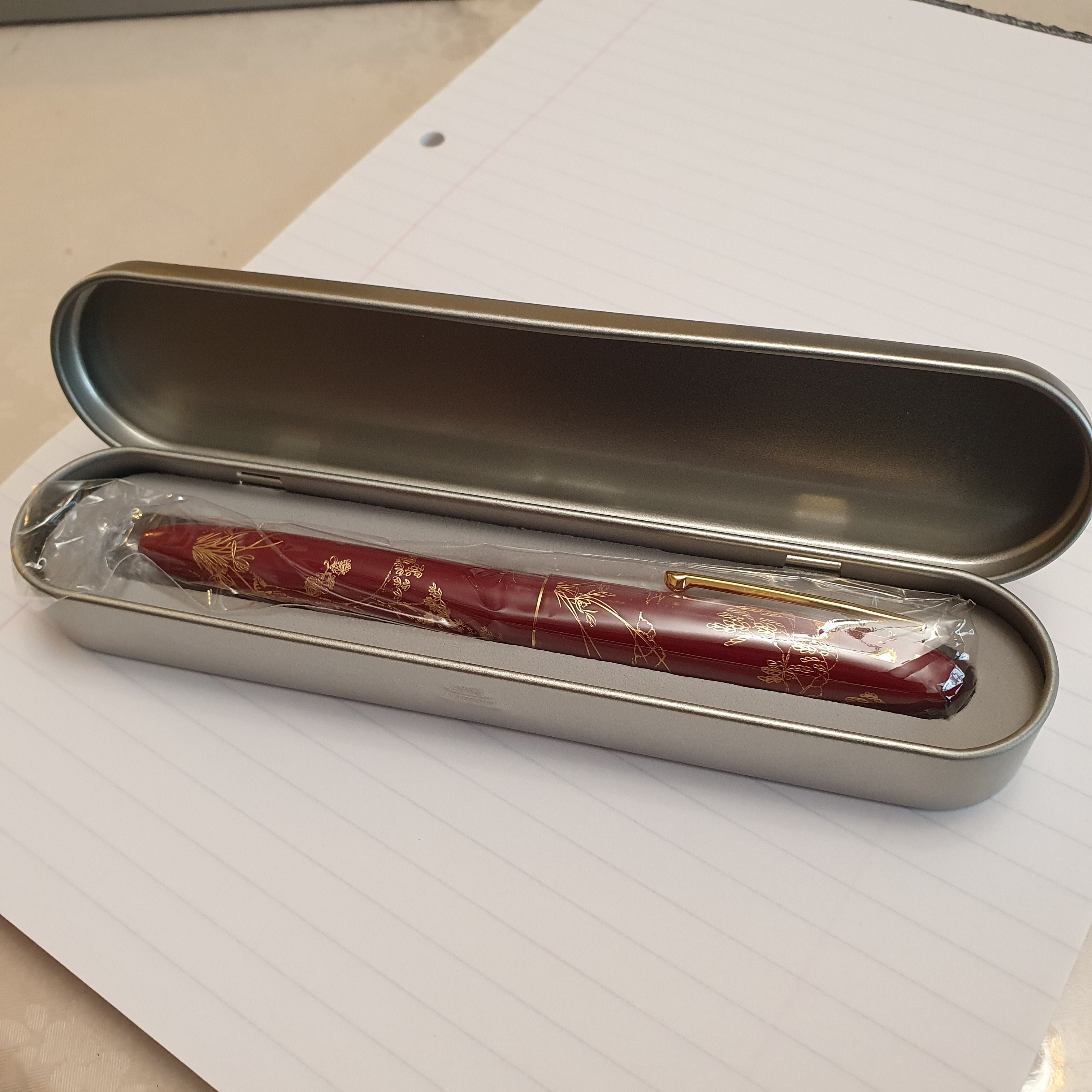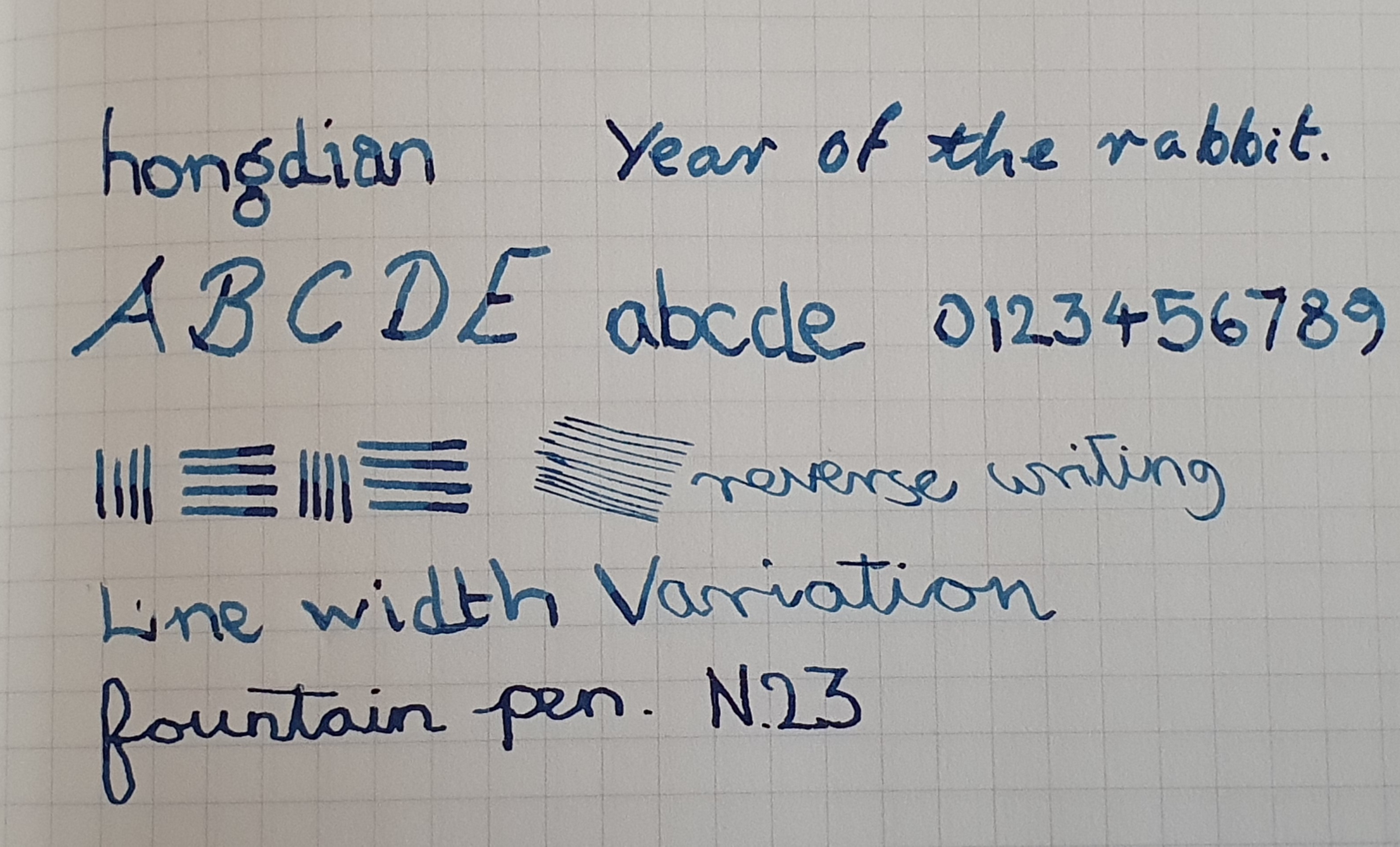In normal daily life it is rare that anyone asks me about my late father. To be fair, I do not often ask other people about theirs. We are too busy, caught up in our own lives.
Yet I think about him often. Today, 9 December 2023, marks the 40th anniversary of his death. He was aged only 54 and had been admitted to hospital for a coronary by-pass operation, but passed away before the surgery took place.
He had been fit and active all his life. He was born in 1929 to an Armenian father and English mother and grew up near Ealing, west London. He worked for a time in his father’s antiques and carpets business, before moving on to work for an electronics company. He met my mum whilst they were both working for Ultra Electronics in Perivale in the mid 1950’s and they married in 1957, moving into a new detached house in Ickenham, a suburb of London which had a pleasant, village feel. I was their first child, in 1959 and was later joined by a sister and then a brother.
Dad stayed at Ultras, working as an electrical maintenance engineer until 1974 when he moved to a similar role at EMI, better known as a record label, although he worked in a totally different division, building electronic equipment.
At home, he always kept busy, outdoors mostly, such as in tackling jobs in the garden or doing all his own maintenance on the house or the car. One end of the garage comprised his workbench, full of tools and surrounded by odd pieces of scrap metal and wood which might be of use. He once built me a magnificent go-cart, which my friends and I loved to ride around the garden. My parents had landscaped the garden, to include a pond, which my friends and I loved to play in.
He had numerous interests over the years, from collecting coins, Victorian bottles, fossils, flint arrow-heads, attending philosophy evening classes, and a keen interest in watches, cameras, and guns – to name a few. He enjoyed the novels of Nevil Shute and was keen on old films, having been to the cinema’s matinee club, every week for a year as a child, knowing all the Hollywood greats.
If we visited a town centre together, we would always pause at watch shop windows, and pass judgment on all the watches on display and pick our favourite. As a young man he was proud of his Heuer Chronograph. I recall that, as his tastes changed, he bought a Rolex GMT Master, but after a few years, swapped this for a Rolex Submariner (or it might have been the other way round). He then tried the new Bulova Accutron, before eventually coming full circle and reverting to simple, inexpensive hand-wound mechanical watches such as Sekondas, that he did not need to worry about.

I remember him trying numerous different, mainly 35mm cameras too, from a Contax, to a heavy Russian Zenith E (his first SLR camera), a Petri TTL, then an Olympus OM1, his favourite. There were many others, including a Konica with one of the first auto-focus systems, a tiny metal Minox “spy camera” and a Zorki 4.
His other most enduring hobby was shooting. He held a firearms licence and, as with his watches and cameras, progressed through a number of different models. He often took me with him to Bisley ranges on a Saturday morning, or to our local gun club, from the age of about 6 onwards. When I later went to a boarding school and joined the cadet force, I did at least have one advantage in that I was already familiar with handguns and rifles. Dad had owned dozens of different models.
He had not been interested in fountain pens, but if he had, I imagine that he would have gone through a similar journey as he did with his watches, cameras and guns, always wanting to try something else, before eventually concluding that he needed only something simple and inexpensive.
As a young man he took an interest in law and liked to discuss legal issues with an acquaintance who was an in-house solicitor for a large corporation. He was happy that I was to go into the legal profession. By the time he died, I was 24 and had been working as a trainee solicitor (then called an articled clerk) for two years and was due to qualify in March of 1984, embarking on a career of almost 40 years as a solicitor in private practice.
Memories of my dad often pop into my head and catch me unawares. About 10 years ago, I compiled a list of some that I could remember, giving them each a key word or words and then sorting them alphabetically in a mobile phone app called Colornote. I continued to add to my list for some time, before writing up these fragments of childhood recollections, one by one, with a fountain pen in an A5 journal. I tried to set aside an hour on Thursday mornings, when I could rise early and enjoy some quiet time with a pen and notebook. Within a few months I had “written a book”, albeit of significance only to myself. It felt good to have these memories down, in case I forget them later. I have since given this to my niece Emma, who missed out on knowing her grandfather by a few years. I was to repeat the writing process later with memories of my mum, then my school days and then college years. It was an enjoyable and satisfying process which I would recommend.
A few weeks ago, it occurred to me that my dad’s date of death, 9th December or 912, was also a model of a Pilot Custom Heritage fountain pen that I liked. I toyed with the idea of buying one in his memory, although admittedly that seemed a weak excuse to buy yet another pen. However, when my wife was in Hong Kong recently and asked whether there was anything I would like her to get for me, the idea of the Pilot CH912 was at the front of my mind. She very kindly tracked one down on her last full day there, with my first choice of a Waverly (WA) nib as requested. I love it. I like to think that dad would appreciate his 40th anniversary being remembered and marked in this way.









